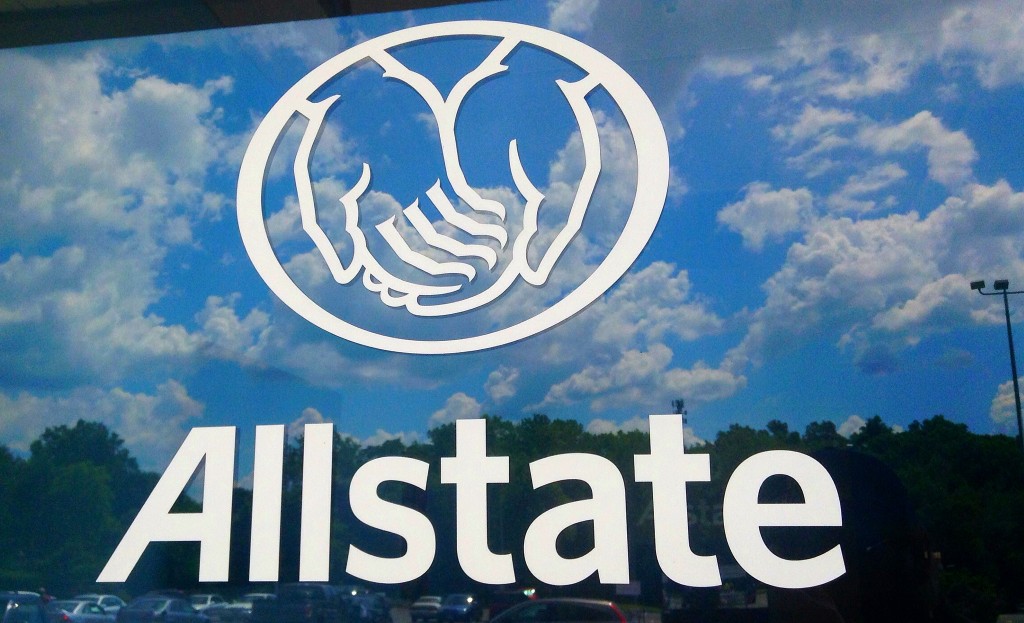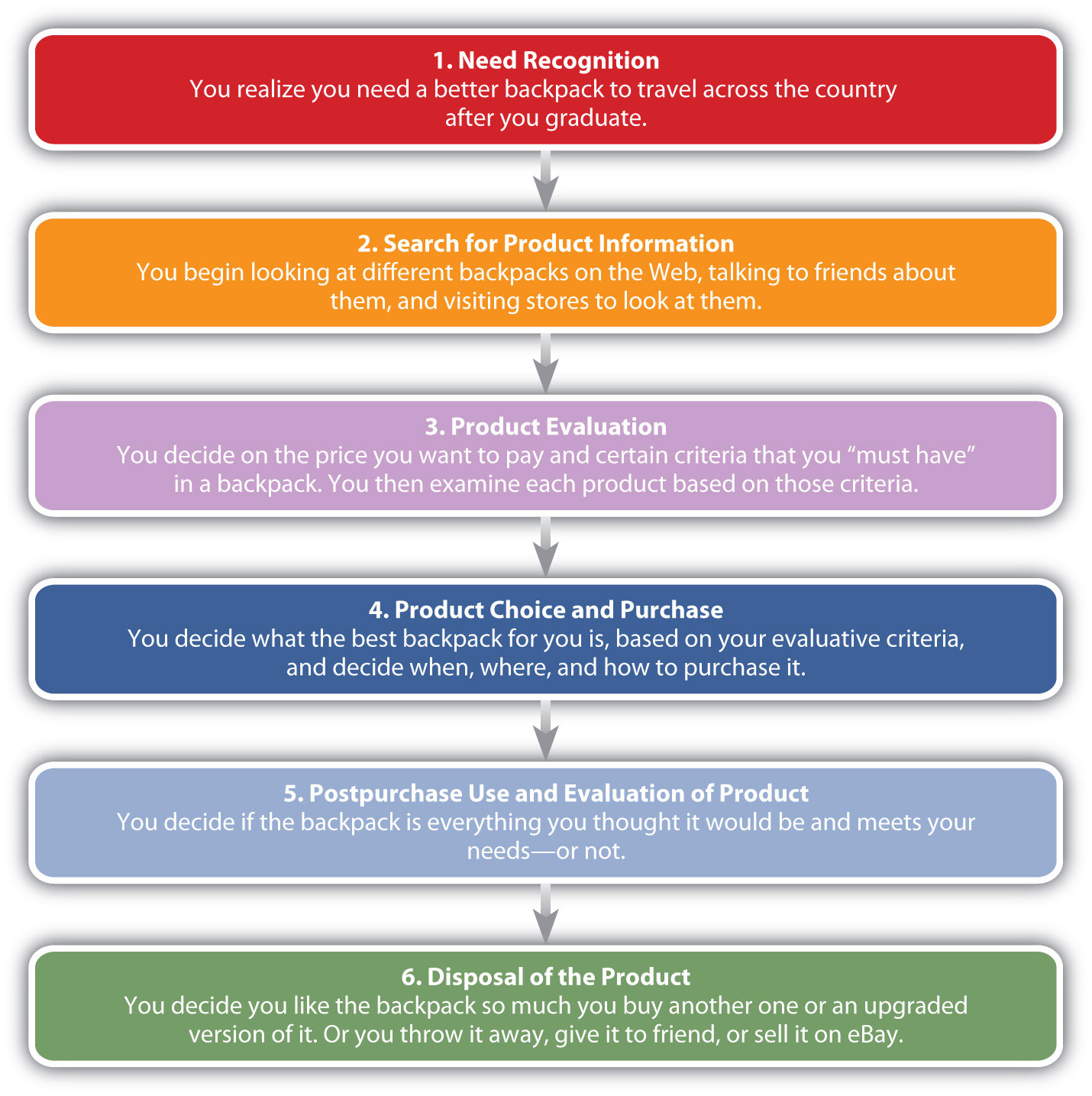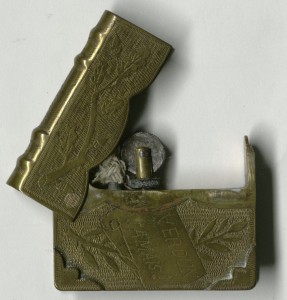Developing an Annual Marketing Plan and Marketing Strategy
f to f marketing business Prabhat Road Pune
Fulcrum Marketing is a strategic f to f marketing business Prabhat Road Pune. Our team of marketing consultants also specialise in marketing planning and f to f marketing for all types of business of any size.
communication and f to f marketing management
Effective communication and advertising management is important to not only correctly identify a target audience, but also to reach this audience efficiently through different information channels. There are many benefits of successfully managing these marketing communications, including, but not limited to:
- A higher Return on Investment (ROI)
- Reaching more of your target audience
- Reduced costs for f to f marketing
- Types of market segmentation:
- Demographic segmentation: gender, age, income, education, occupation
- Geographic segmentation: city, state, country
- Psychographic segmentation: attitudes, values, attitudes, lifestyle
- Behavioural segmentation: purchasing patterns, loyalty status
Implementing a f to f marketing Strategy
Implementing a Marketing Strategy Execution Plan, known to Fulcrum and our clients as a “Sprint Plan” is the most effective way to prevent this highway-less journey , f to f marketing business Prabhat Road Pune. A Marketing Strategy is a set of strategic goal-focused plans for a certain period of time.
f to f marketing Strategy and Planning
Implement your marketing plan
Your marketing plan must do more than just say what you want to happen. It must describe each step required to make sure that it happens.
Schedule
The plan should include a schedule of key tasks. This sets out what will be done, and by when. Refer to the schedule as often as possible to avoid losing sight of your objectives under the daily workload.
Team And Resources
It should also assess what resources you need. For example, you might need to think about what brochures you need, and whether they need to be available for distribution. You might also need to look at how much time it takes to sell to customers and whether you have enough salespeople.
Cost
The cost of everything in the plan needs to be included in a budget. If your finances are limited, your plan will need to take that into account. Don’t spread your marketing activities too thinly – it is better to concentrate your resources to make the most of your budget. You may also want to link your marketing budget to your sales forecast.
Control
As well as setting out the schedule, the plan needs to say how it will be controlled. You need an individual who takes responsibility for pushing things along. A good schedule and budget should make it easy to monitor progress. When things fall behind schedule, or costs overrun, you need to be ready to do something about it and to adapt your plan accordingly.
Marketing Execution – Plan, Execute, Track, Measure
Everyone likes to talk about creating a marketing plan. It’s the fun part of marketing, the creative aspect of your planning process and f to f marketing business Prabhat Road Pune. But strategy without execution won’t help your business succeed. In fact, marketing execution is how you achieve results.
Create your marketing strategyDecide how to market your product or service to potential customers by developing a marketing strategy that positions your product to particular customers | Write a marketing execution planHow to identify your objectives and write a plan that will help your marketing generate sales, including tactics and objectives |
Marketing on a tight budgetHow to get the most out of a small or limited marketing budget using cost-effective marketing methods such as Public Relations and online marketing | Marketing your business in PuneHow to market your business effectively in pune including researching your target audience and establishing new contacts Prabhat Road Pune |
![]()
f to f marketing business Prabhat Road PuneGet in touch with us, we would love to discuss your marketing needs.We love a good coffee and a challenge, so would behappy to meet up with you face to face.Marketing Company in PuneCall Us :-08433772261 | Prabhat Road Pune |
B2B Marketing:Fulcrum is a magnet for businesses with well-defined goals and a desire to harness the latest advantages that marketing and technology can offer. | Face To Face Marketing :face to face field marketing is also called personal selling or door to door marketing, customers are met directly in order to sell their products, using this method of field marketing. | Product Sampling :Fulcrum are a highly recommended provider of product sampling staff. We specialise in the implementation of sampling campaigns using our in house sampling team and logistical know-how. |
Dealer Marketing:Dealer marketing is of utmost importance for the success of any brand. For most brands, dealers, distributors and resellers are critical links to success. | Direct Marketing:we can help with everything from planning and design to production and delivery ensuring your direct marketing campaigns are delivered on time to the highest quality. | Guerrilla Marketing:When it comes to guerrilla marketing the gloves are off. They are usually low budget campaigns but with the right imagination and ideas they offer up some unprecedented results |
Retail Marketing:Fulcrum is a dynamic-retail marketing agency born in tradition, fueled by innovation, and living at the intersection of commerce and imagination. | Direct Selling :Much like product demonstrations these campaigns have brand reps or ambassadors at the center of them. The difference is it’s more about the selling of the product | Retail Audits & Merchandising: Auditing takes the reps out off the front line and away from the consumer. Auditing teams are used by marketers to monitor traditional marketing strategies that they put in place across retail. |
Door To Door Marketing :Nothing beats the reality that one gets when you can interact with potential clients face to face physically moving from door to door within a community or household to household, | Product Demonstrations:As mentioned already, demo days are a popular tool of field marketing. These campaigns can stretch from as little as one week to 6 months however some are continuous and full time. | Street Marketing:We will still need to spend time interacting with people, face-to-face, Street Marketing. Personal interaction is what makes the world go around |
f to f marketing
f to f marketing business Prabhat Road Pune
The team at Fulcrum has delivering successful Shopping Centre Marketing Campaigns across a wide range of shopping centres and retail complexes. From major retail locations to local community focused shopping centres; we have secured real, measurable results across the board.
Marketing Plan and Marketing Strategy
f to f marketing | f to f marketing business Prabhat Road Pune
Prabhat Road , Pune
Prabhat Road is a peaceful residential locality situated in the south-western parts of Pune. This locality is named after the famous Prabhat Studios. The areas around the road are among the high profile localities in Pune and are preferred by the upper class and higher middle class. The Film and the Television Institute of India, which was earlier popular as the Prabhat Studios, lies on this road. All the roads merge this road are named Prabhat road lanes , number 1,2,3,4 in Marathi. It comes under the jurisdiction of Pune Municipal Corporation (PMC). Deccan Gymkhana, Sadashiv Peth, Erandwane, Ganeshwadi, Navi Peth are the prominent localities situated close to it. The Symbiosis School and Sou Vimlabai Garware Junior College are located on this road, in addition to the Fergusson College Campus and Symbiosis Institute Of Computer Studies and Research, which lie at a distance of less than 4 km and 3 km, respectively. Some of the important places located on this road include the Deccan Gymkhana as well as the Tilak tank, which is well known for its Olympic size swimming pool. Today, the buyer class that typically invests in real estate at Prabhat Road comprises of Punes upper class or the ancestrally rich and sometimes a overflow of investors from Mumbai who are looking to invest in luxury real estate in Pune. Some of the key residential projects in Prabhat Road are Gokhale Ganeshree, Vyas Payal, Truspace Paloma, Gokhle Manik among others.
Prabhat Road is a peaceful residential locality situated in the south-western parts of Pune. This locality is named after the famous Prabhat Studios. The areas around the road are among the high profile localities in Pune and are preferred by the upper class and higher middle class. The Film and the Television Institute of India, which was earlier popular as the Prabhat Studios, lies on this road. All the roads merge this road are named Prabhat road lanes , number 1,2,3,4 in Marathi. It comes under the jurisdiction of Pune Municipal Corporation (PMC). Deccan Gymkhana, Sadashiv Peth, Erandwane, Ganeshwadi, Navi Peth are the prominent localities situated close to it. The Symbiosis School and Sou Vimlabai Garware Junior College are located on this road, in addition to the Fergusson College Campus and Symbiosis Institute Of Computer Studies and Research, which lie at a distance of less than 4 km and 3 km, respectively. Some of the important places located on this road include the Deccan Gymkhana as well as the Tilak tank, which is well known for its Olympic size swimming pool. Today, the buyer class that typically invests in real estate at Prabhat Road comprises of Punes upper class or the ancestrally rich and sometimes a overflow of investors from Mumbai who are looking to invest in luxury real estate in Pune. Some of the key residential projects in Prabhat Road are Gokhale Ganeshree, Vyas Payal, Truspace Paloma, Gokhle Manik among others.
Connectivity
The areas around Prabhat Road is well connected to other parts of the city through a number of roads, lanes and bypasses. Prabhat road is connected to a number of roads like Karve Road, Law College Road, BMCC Road, Bhandarkar Road, FC Road enabling transportation easier for its residents to different areas like Deccan Gymkhana, Sadashiv Peth, Navi Peth, Ganeshwadi, Erandwane, Ganesh Nagar, Budhwar Peth etc.
It enjoys excellent connectivity to Pune International Airport which is located at a driving distance of 19.4 kms via Lohegaon Road.
Shivajinagar, Khadki and Pune Junction are the nearby railway stations. However, Shivajinagar and Pune Junction is the nearest and major railway stations to Prabhat Road from where one can get the interstate trains.
Pune city is located at a distance of 3 km via laxmi road while Mumbai is about 148 km via Bengaluru-Mumbai Highway from Prabhat Road.
Key residential projects
Being on of the poshest areas in Pune, prominent developers and builders have launched their finest projects here, targeting the upper class home-buyers.
Factors for past growth
Proximity to Pune International Airport along with major technological park such as Lohia Jain IT Park, F1 IT Park and Pune IT Park have been a plus point for Prabhat Road. Hence, a fair number of workforce work in nearby IT Hubs, wanted to have their residences close to their workplace. As a result, 2 BHK apartments in Prabhat Road are in huge demand.
Employment hubs near Prabhat Road
Lohia Jain IT Park
F1 IT Park
Pune IT Park
Platinum Tech Park Panchshil
Teerth Technospace
Infrastructural Development (Social & Physical)
Prabhat Road has experienced and improved a lot in terms of social & physical infrastructure. Symbiosis, Panditrao Agashe School, Bluebells Nursery School, Vikhe Patil memorial School, New English are some of the reputed schools in the locality. It also house some good colleges and educational institutions such as College of Even & Media, Akola College of Journalism and Mass Communication, Garware College of Commerce, Fergusson College among others.
Some of the renowned hospitals provide health care facilities to the residents of Prabhat Road are Deshmukh Hospital, Sahyadri Speciality, Deodhar Eye Hospital, Galaxy Care Hospital and Sathe Hospital.
Shopping needs of the residents are catered by nearby malls like Pune Central Mall, R Deccan Mall, S Mall etc. It also houses retail outlets of famous national and international brands such as Westside, Lifestyle, More Stores, Jyoti Retail Outlet, My Jio Store to name a few.
|




